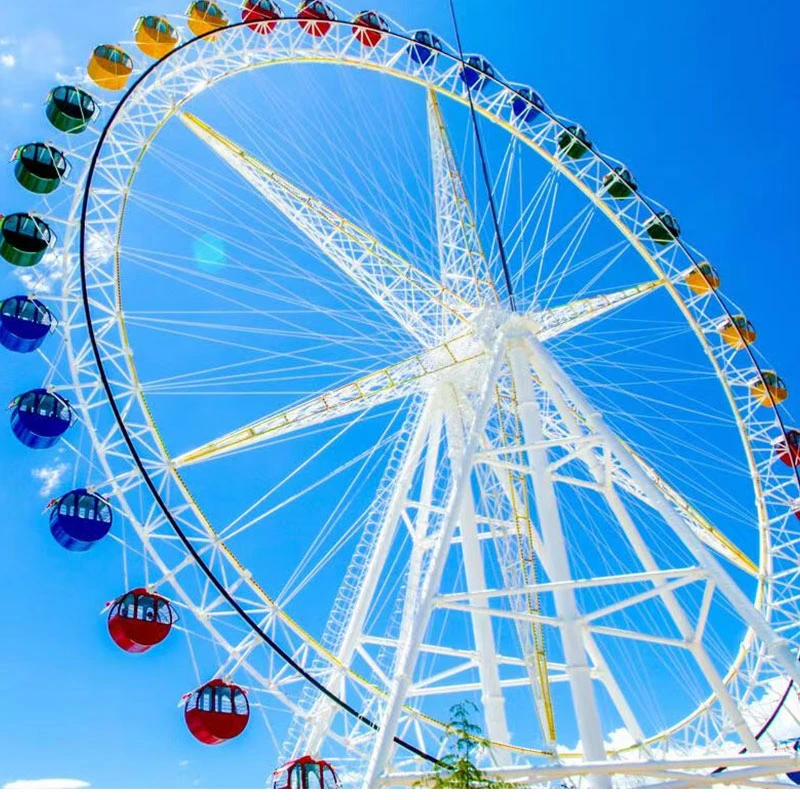- Albanian
- Arabic
- Belarusian
- Bengali
- Czech
- English
- French
- German
- Hebrew
- Hungarian
- Indonesian
- irish
- Italian
- Japanese
- kazakh
- Persian
- Russian
- Thai
- Uzbek
- Vietnamese
Exploring the Costs of Roller Coaster Rides and Attractions in Amusement Parks
The Price of Excitement Understanding Roller Coaster Costs
Roller coasters have long been a staple of amusement parks, providing thrills, chills, and unforgettable experiences for millions of visitors each year. However, behind the excitement of soaring through the air, twisting through loops, and plunging down steep drops lies a complex world of pricing. Understanding the factors that contribute to roller coaster prices can enhance our appreciation for these engineering marvels and the joy they bring to countless thrill-seekers.
The Cost of Creation
The price of a roller coaster can range anywhere from hundreds of thousands to several million dollars. This variation is influenced by numerous factors, including design complexity, height, length, technological innovations, and safety features. The most basic of roller coasters, often found in small amusement parks or fairs, may cost around $200,000 to $500,000. On the other hand, large, elaborate coasters, especially those built by renowned manufacturers like Intamin or Bolliger & Mabillard, can soar to $10 million or more.
One of the major cost contributors is the design and engineering process. Creating a roller coaster involves extensive planning, which includes simulations and structural analysis to ensure safety and reliability. Coaster designers use advanced software to model the physics of the ride. Each twist, turn, and drop must be meticulously calculated to provide the ultimate thrill while ensuring that riders are kept safe. This design phase can take a year or more and involves a team of engineers, designers, and artists.
Construction Costs
Once the design is finalized, the construction phase begins. This phase incurs various costs, such as materials, labor, and site preparation. The types of materials used can greatly affect the final price. Steel coasters, known for their smooth rides and intricate designs, typically cost more than wooden coasters. However, the latter have their own set of challenges, often requiring more maintenance over time, which can add to their long-term costs.
Labor costs also play a significant role in determining the final price of a roller coaster. Skilled technicians and construction workers are required to assemble the structure, install safety mechanisms, and ensure that all components are operating correctly. The time it takes to construct a roller coaster can range from several months to over a year, depending on the ride's complexity and the park's schedule.
roller coaster price

Innovation and Technological Features
In recent years, technological advancements have transformed the roller coaster experience. New innovations, such as synchronized music, enhanced visual effects, and unique ride systems (like 4D coasters or virtual reality integrations), can significantly drive up costs. Parks are continually looking for ways to differentiate their attractions and draw visitors, leading to investment in new technologies that keep the rides fresh and exciting.
For instance, roller coasters that feature vertical drops, inversions, and high-speed elements require sophisticated braking systems and restraints, which add to the overall price. As safety regulations become more stringent, parks must invest in high-quality safety equipment and regular maintenance, all of which contribute to the ongoing operational costs of maintaining a roller coaster.
Operating Costs and Ticket Pricing
In addition to the initial investment, parks must consider the ongoing operating costs associated with roller coasters. This includes maintenance, staffing, insurance, and utilities. Some parks pass these costs onto the guests through ticket prices. The price of admission can vary significantly depending on the location and the popularity of the rides. Parks with major attractions can charge higher prices, often because they offer unique experiences that cannot be found elsewhere.
Ultimately, the price of a roller coaster reflects a combination of various factors that contribute to the overall experience. The costs associated with creation, construction, and innovation all play a critical role in shaping what riders experience on a given day at the park.
Conclusion
In conclusion, understanding roller coaster prices involves appreciating not just the thrill they provide but the intricate behind-the-scenes processes that make these attractions safe and enjoyable. From the initial design to the ongoing operational costs, every coaster is a testament to engineering excellence and the enduring allure of adventure. So, the next time you buckle up for a ride, take a moment to appreciate the substantial investment that brings that rush of adrenaline to life.
-
Flume Ride-Hebei Zhipao Amusement Equipment Manufacturing Co., Ltd.|Thrilling Water Attraction&Customizable DesignJul.30,2025
-
Flume Ride - Hebei Zhipao Amusement Equipment | Water Coaster, Thrilling DescentJul.30,2025
-
Flume Ride - Hebei Zhipao | Thrilling Water AttractionJul.30,2025
-
Flume Ride: Thrilling Water Attraction by Hebei Zhipao|Log Flume Manufacturers&Flume Ride DesignJul.30,2025
-
Flume Ride-Hebei Zhipao Amusement Equipment Manufacturing Co., Ltd.|Thrilling Water Coaster, Safe DesignJul.30,2025
-
Flume Ride-Hebei Zhipao Amusement Equipment Manufacturing Co., Ltd.|Thrilling Water Attraction, Safe DesignJul.30,2025
